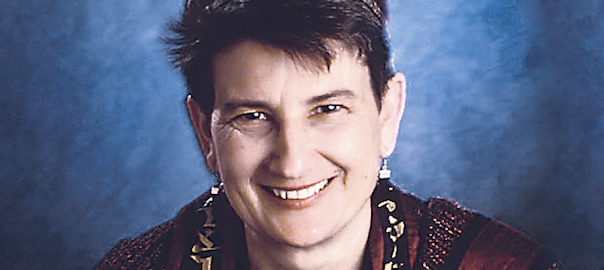Torah Portion: Bloom and Stone, Parashat Korach

The Jewish Journal has published another Torah essay by Rabbi Lisa Edwards this week — on Parashat Korach. Read it here.
In 2013, I traveled in Nepal with six dear friends, including two Americans who have lived there on and off for several decades. The amazing land is filled with an endlessly fascinating history and charming, friendly people, but my travel companions and I frequently noted the apparent fragility of buildings — in the countryside as well as in the rapidly expanding city of Katmandu. Knowing a little about the fault lines and tectonic plates throughout the region, we more than once speculated what would happen when (not if) a big earthquake struck.
So it was no surprise to us when we heard this past April and May of the many walls that came tumbling down in the ancient temples and historic buildings, schools, homes and museums of Nepal, many of which we had visited. And it was heartbreakingly easy to imagine, even without the images on the news, the many adults and children killed, hurt or left homeless, cut off from supply routes, and failed by their modern but unreliable communication systems (because of limited availability, electricity in Katmandu was typically turned off for hours every day).
As often happens when disaster strikes (think 9/11, hurricanes, earthquakes, tsunamis, Ebola), our social media fill with heartwarming stories of people reaching out to help one another. With these stories, what seemed unimaginably horrible becomes an opportunity to find strength, restore our hope in humankind and maybe even our faith in God.
Perhaps that’s why I sometimes sneak past the compelling, rowdy, infamous opening of this week’s Torah portion, Korach, with its rebellion against Moses and Aaron — complete with the earth opening up to swallow the chutzpadik rebels — and find myself instead enthralled and deeply moved by two quieter, sometimes even overlooked passages a little further on.
The first comes after Moses and Aaron defended the people, persuading God not to annihilate the entire community. The disasters that followed the uprising — earthquake, fire, plague — swiftly killed the 250 leaders of the revolt, then 14,700 additional people.
But the catastrophes came to a quiet stop when Aaron “ran to the midst of the congregation, where the plague had begun among the people … and he stood between the dead and the living, and the plague was halted” (Numbers 17:12-13).
Continue reading in the Jewish Journal




